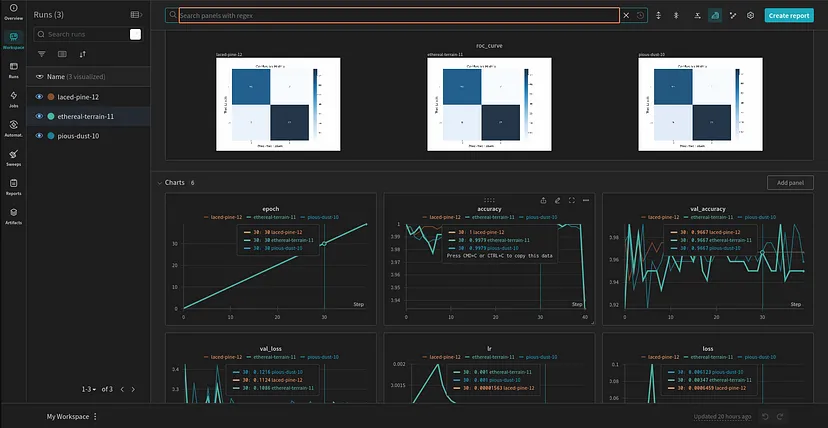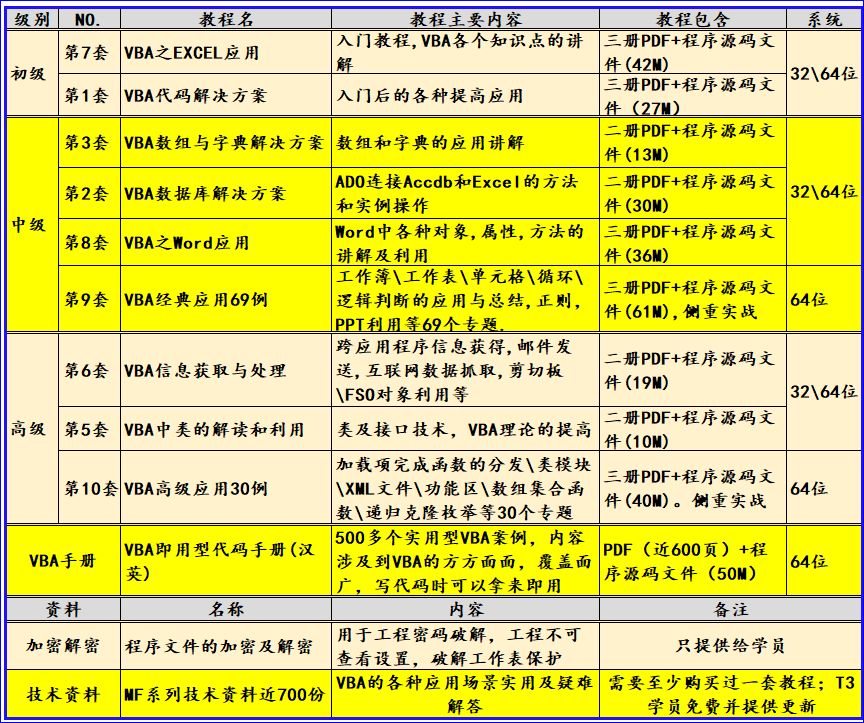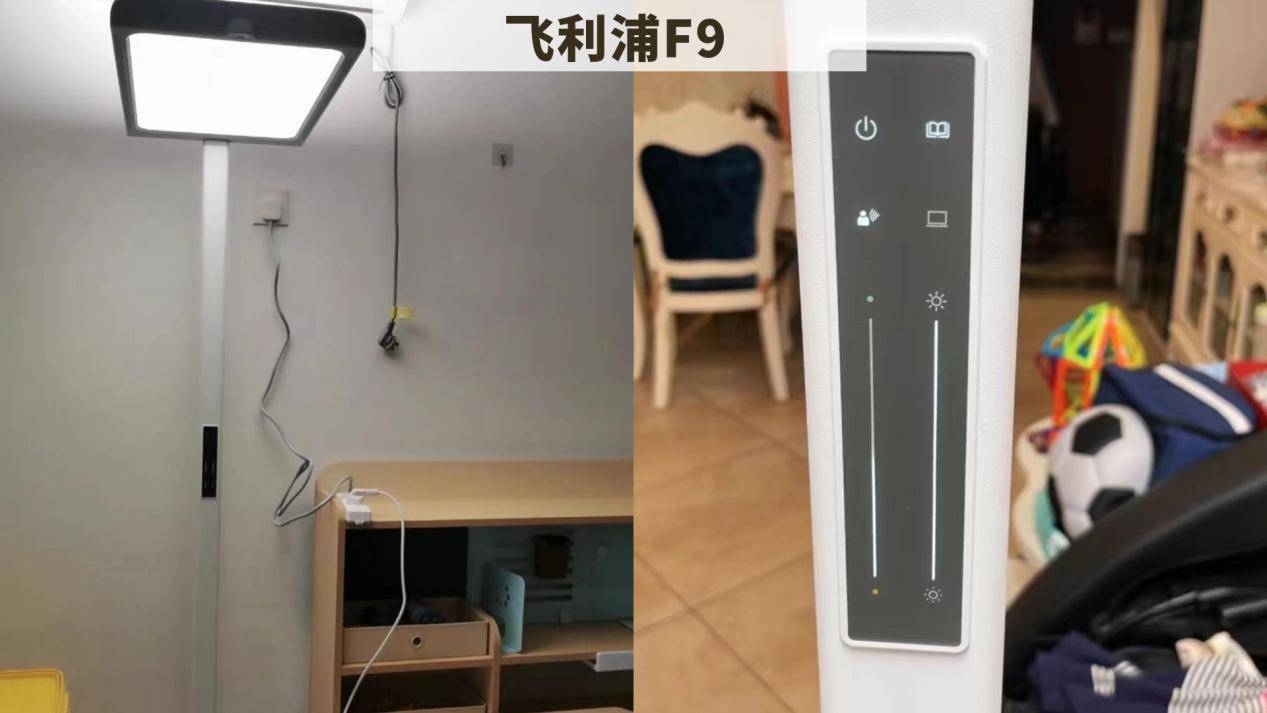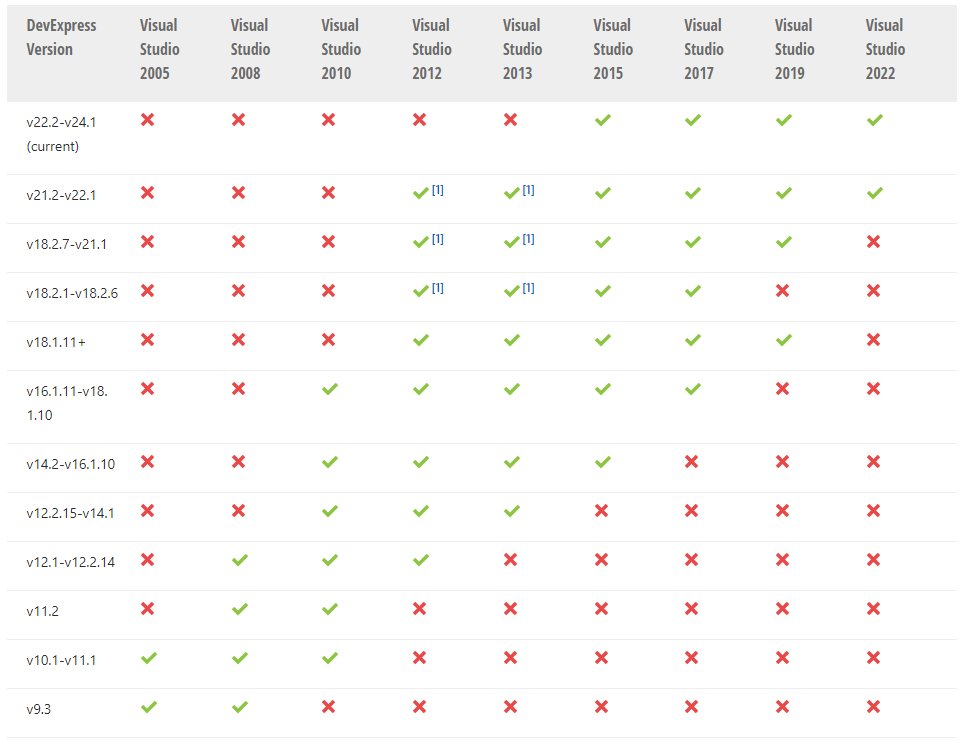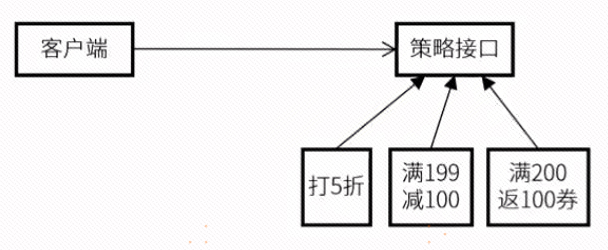
什么是仿射变换
仿射变换(Affine Transformation)是数学和计算机图形学中的一种线性变换,它包括了平移、旋转、缩放、剪切等操作。仿射变换保留了几何图形的“仿射性质”,即平行线在变换后仍然平行,线性组合在变换后仍然是线性组合,并且保持点的相对顺序和比例关系,但不一定保持角度和距离。
在二维空间中,仿射变换可以用一个 2 × 2 2 \times 2 2×2 的矩阵和一个 2 × 1 2 \times 1 2×1 的平移向量来表示。具体来说,如果我们有一个点 ( x , y ) (x, y) (x,y),其变换后的新位置 ( x ′ , y ′ ) (x', y') (x′,y′)
可以通过以下公式得到:

其中,矩阵 ( a b c d ) \begin{pmatrix} a & b \\ c & d \end{pmatrix} (acbd) 描述了旋转、缩放和剪切,向量 ( e f ) \begin{pmatrix} e \\ f \end{pmatrix} (ef)描述了平移。
在更高维的空间中,仿射变换的概念类似。对于三维空间,变换可以表示为一个 3 × 3 3 \times 3 3×3 的矩阵加上一个 3 × 1 3 \times 1 3×1 的平移向量。
仿射变换广泛应用于计算机视觉、图像处理、计算机图形学、地理信息系统(GIS)、机器人学等领域。
如何进行仿射变换
我们可以通过对某些矩阵进行点积来执行对任何图像的转换。在下面,您可以看到一些使用的转换和矩阵。

下面是使用矩阵对图像进行仿射变换的函数。
def warpAffine(image, M, output_shape):
rows, cols, *_ = image.shape
out_rows, out_cols, *_ = output_shape
output = np.zeros(output_shape, dtype=image.dtype)
for out_row in range(out_rows):
for out_col in range(out_cols):
# Calculate the corresponding pixel coordinates in the input image
in_col, in_row, _ = np.dot(M, [out_col, out_row, 1]).astype(int)
# Check if the pixel coordinates are within the bounds of the input image
if 0 <= in_row < rows and 0 <= in_col < cols:
output[out_row, out_col, :] = image[in_row, in_col, :]
return output
if __name__ == '__main__':
img = cv2.imread('./panda.jpg')
th = np.radians(45)
M = np.float32([[np.cos(th), np.sin(th), -400], [-np.sin(th), np.cos(th), 250], [0, 0, 0]])
shape = (img.shape[0] + 400, img.shape[1] + 400, img.shape[2])
res = warpAffine(img, M, shape)
plt.subplot(121)
plt.title("Original")
plt.imshow(img)
plt.subplot(122)
plt.title("Transformed")
plt.imshow(res)
plt.tight_layout()
plt.show()

好吧,这样做很好,但如果我们不知道使用什么矩阵,又如何进行转换呢?
如果您可以通过给出三个 (x, y) 点(如 src 和 dst)来表达您的转换,那么我们可以轻松完成该转换。
如果您的输入如下所示,

你想要解的方程如下所示,

由于 SRC 是方阵,因此我们可以通过将 inv(SRC) 与 DST 进行矩阵乘法来计算矩阵 M 。
下面是 python 函数。
def getAffineTransform(src, dst):
src = np.array([[x, y, 1] for (x, y) in src])
M = np.linalg.inv(src) @ dst
''' or '''
# M = np.linalg.solve(src, dst)
return M.T
if __name__ == '__main__':
def r():
return (random.random() - 0.5) * .3 * cols
_from = np.float32([[0, 0], [cols, rows], [0, rows]])
_to = np.float32([[r(), r()], [cols + r(), rows + r()], [r(), rows + r()]])
M = getAffineTransform(_from, _to)
M = np.vstack([M, [0, 0, 0]])
dst = warpAffine(img, M, img.shape)
plt.figure(figsize=(20, 10))
plt.subplot(121)
plt.title("Original")
plt.imshow(img)
plt.subplot(122)
plt.title("Transformed")
plt.imshow(dst)
plt.tight_layout()
plt.show()

好了,现在我们知道如何变换了,但是我们如何反转变换呢?
我们可以使用仿射矩阵的逆对图像执行 warpAffine,请记住,只有当变换后的图像具有原始形式的所有数据时,我们才能将图像反转为精确的原始形式。
下面是 invertAffineTransform 的代码块,
def invertAffineTransform(M):
# Extract the rotation and translation components of the affine matrix
R = M[:2, :2]
t = M[:2, 2]
# Compute the inverse of the rotation matrix
R_inv = np.linalg.inv(R)
# Compute the inverse affine transformation matrix
M_inv = np.zeros((2, 3), dtype=np.float32)
M_inv[:2, :2] = R_inv
M_inv[:2, 2] = -np.dot(R_inv, t)
return M_inv
if __name__ == '__main__':
M_inv = invertAffineTransform(M)
M_inv = np.vstack([M_inv, [0, 0, 0]])
res_inv = warpAffine(res, M_inv, img.shape)
plt.figure(figsize=(20, 10))
plt.subplot(121)
plt.title("Transformed")
plt.imshow(res)
plt.subplot(122)
plt.title("InvTransformed")
plt.imshow(res_inv)
plt.tight_layout()
plt.show()

结论
我希望您现在对仿射变换及其背后的数学有了清晰的了解。
当您处理现实世界的项目时,您不必做所有这些努力,您可以使用 OpenCV 等库来满足您的需求。在使用 OpenCV 的 Python 中,您可以执行如下所示的解释算法:
img = cv2.imread('<path-to-img>')
th = np.radians(20)
M = np.float32([[np.cos(th), np.sin(th), 100], [-np.sin(th), np.cos(th), 250]])
shape = (img.shape[0] + 400, img.shape[1] + 400)
rows, cols, _ = img.shape
def r():
return (random.random() - 0.5) * .3 * cols
res = cv2.warpAffine(img, M, shape)
_from = np.float32([[0, 0], [cols, rows], [0, rows]])
_to = np.float32([[r(), r()], [cols + r(), rows + r()], [r(), rows + r()]])
M = cv2.getAffineTransform(_from, _to)
dst = cv2.warpAffine(img, M, shape)
M_inv = cv2.invertAffineTransform(M)
res_inv = cv2.warpAffine(res, M_inv, (img.shape[0], img.shape[1]))
参考
https://github.com/OlehOnyshchak/ImageTransformations/blob/master/AffineTransformation.ipynb





